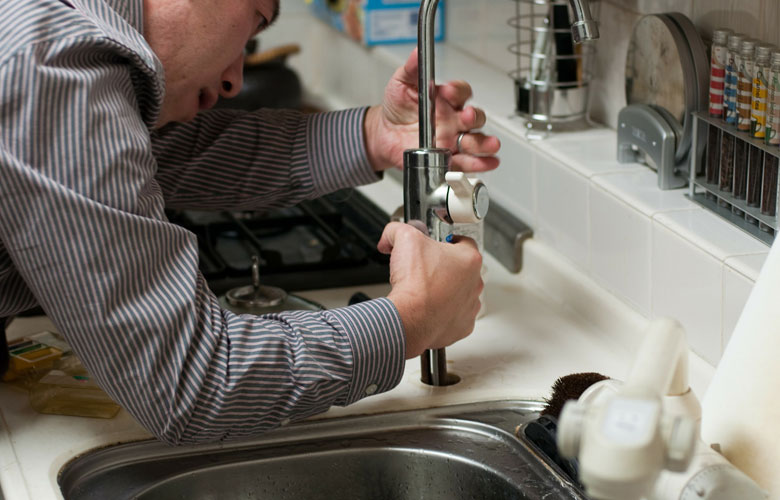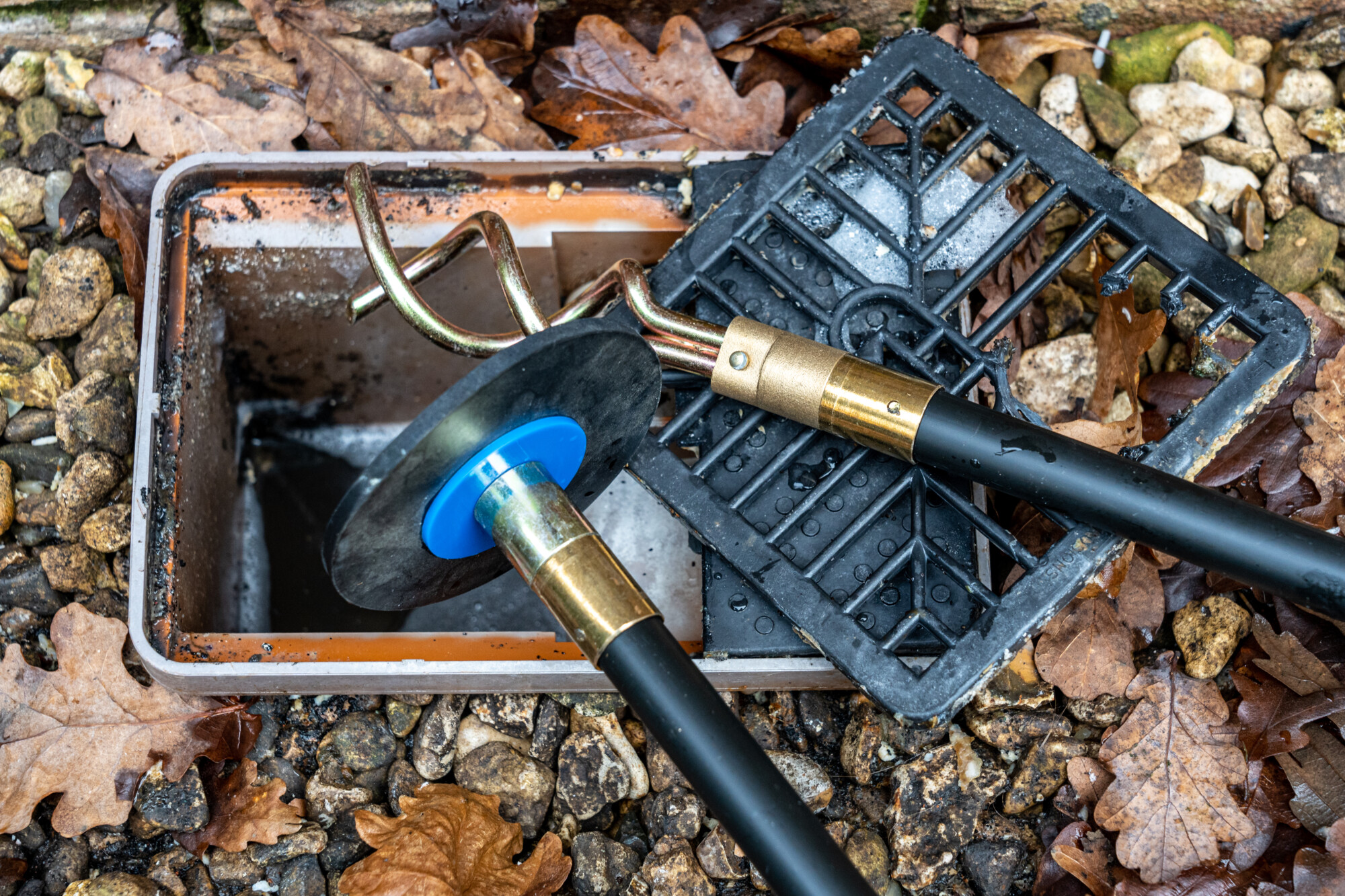Approaches for Unclogging a Blocked Drain Before Consulting Professional Help
Approaches for Unclogging a Blocked Drain Before Consulting Professional Help
Blog Article
We have uncovered this post about What I learned from trying to deal with a clogged drain directly below on the internet and decided it made good sense to write about it with you here.

Intro
Dealing with a blocked drainpipe can be a discouraging experience, interfering with everyday activities and potentially creating damages to your residential property. Nevertheless, before connecting to pipes professionals, there are actions you can take to deal with the issue on your own. In this guide, we'll discover DIY services and preventive measures to take on a blocked drainpipe properly.
Determining the Issue
The initial step in resolving a blocked drain is identifying the signs. Sluggish drainage, gurgling sounds, foul odors rising from drains, or water backing up prevail signs of a blocked drainpipe. Identifying these indicators early can aid stop better issues.
Choosing the Right Pipes Solution
When choosing a pipes service, consider factors such as experience, licensing, and consumer evaluations. Select a trustworthy plumbing with a performance history of top quality craftsmanship and transparent rates practices.
Price Factors to consider
The price of specialist drain cleaning services can vary relying on the intensity of the obstruction and the plumbing's rates. Demand quotes from several companies and inquire about any kind of added fees to make sure transparency and avoid surprises.
Security Measures
When attempting DIY drainpipe cleansing, prioritize safety and security. Use safety gloves and glasses to prevent contact with dangerous chemicals or bacteria. Never blend various drainpipe cleansing items, as this can generate hazardous fumes.
Case Studies
Real-life examples illustrate the effectiveness of DIY services and the value of prompt specialist treatment in dealing with drain clogs.
Typical Reasons For Blocked Drainpipes
Recognizing the aspects that add to drain clogs is vital for efficient resolution. Usual wrongdoers include hair, soap residue, oil, food debris, and foreign objects like sanitary items or paper towels. Tree origins getting into underground pipelines can likewise trigger considerable blockages.
Do it yourself Solutions
For small obstructions, several do it yourself remedies can be effective. Putting boiling thin down the drain can aid dissolve oil and debris. Baking soda and vinegar or a blend of salt and baking soda can act as all-natural cleansers. Utilizing a bettor or plumbing serpent to dislodge obstructions is another option.
Tools and Equipment
Having the right devices handy can make do it yourself drain cleaning more efficient. A plunger is a flexible tool for removing obstructions in sinks, toilets, and showers. A pipes serpent or auger can reach much deeper blockages, while drainpipe cleansing chemicals can be utilized cautiously for persistent clogs.
Safety nets
To stay clear of future obstructions, embracing safety nets is essential. Set up drainpipe guards or strainers to catch hair and particles prior to they enter the pipes. Consistently flush drains with hot water to liquify oil build-up, and avoid dealing with oil or strong waste down the tubes.
When to Call an Expert
While DIY remedies can deal with minor clogs, specific signs show the demand for expert assistance. Relentless obstructions, foul odors regardless of cleaning initiatives, or numerous drains pipes supporting at the same time are warnings that call for experienced treatment.
Conclusion
By complying with the ideas detailed in this overview, you can effectively tackle blocked drains and stop future pipes problems. Whether going with DIY options or seeking specialist support, punctual activity is crucial to preserving a healthy pipes system and maintaining the stability of your home.
How to Clear a Clogged Drain Yourself (And When to Call In the Professionals)
What Can Clog a Drain
Dirt Skin flakes Hair Grease Soap scum Food Offset pipes Tree roots Small objects Mineral buildup DIY Tricks to Unclog a Drain
You can fix this! Once you have identified the source of the clog (or have a vague idea), you can try one or a combination of these fixes in order to clear your plumbing.
Wire Hanger or Snake
Untangle and clear out hair from a drainpipe with a homemade snake. Use a straightened-out wire hanger with a 90-degree angle hook to locate the clog and drag out any unwanted material.
Remember not to push the clog further down to where the wire hanger cannot reach! If you need to follow up with a plunger, give it a try. Your efforts might be more successful after it’s been wire-snaked.
If you want to get fancy and don’t have a wire hanger to spare, head to the store and pick up a hand-operated drain snake. You can get one for $10-$30. It may save you the hassle, and provide additional length to reach deep into the clogged pipe.
Plunger
A cup plunger has a suction cup attached to a wooden handle. The rubber creates a seal around the drain, and increases the pressure force of the plunger.
Plunge for 30-second increments to loosen the clog. This may need to be repeated over the course of 15-20 minutes. Once plunged, run the water to flush the remaining material out of the drain.
Remember– never use a plunger if you have used a chemical drain cleaner. These chemicals can splash up from the force of the plunger and cause serious injury or burns.
Boiling Water
Hot water can sometimes break up materials into a flushable amount. Dirt, grease, and soap buildup requires heat in order to unstick from surfaces.
Take your kitchen kettle and heat your water to a boil. Once it reaches a rolling boil, pour it directly down the drain into the blockage. Carefully follow with plunging, if necessary.
Don’t worry if this takes more than one try! It can often take multiple kettles and repeated plunging in order to clear a particularly stubborn clog.
Chemical Drain Cleaner
As a last resort, pick up a bottle of chemical drain cleaner. Drain-cleaning chemicals are potent, and not very good for the environment.
You may need to wear protective eyewear in gloves before handling your bottle of chemical drain cleaner. Follow the instructions printed on the bottle, and flush with water as soon as the instructions allow. Do not follow with plunging.
Baking Soda and Vinegar
As a safer alternative to chemical drain cleaner, baking soda and vinegar can create a chemical reaction that clears tough clogs.
Combine one cup of cleaning vinegar with one cup of boiling water, and set aside. Once you have done this, pour half a cup of baking soda down the drain. Give the baking thirty seconds to settle and cover a large portion of the problem drain.
Following the baking soda, pour down your vinegar and hot water solution. Once the vinegar and baking soda combine, the mixture will bubble and fix. Let this reaction fizzle in the drain for about an hour.
After an hour, follow with a kettle’s worth of hot water. The heat and liquid should flush out any remaining material.
When to Call a Plumber
If your DIY attempts haven’t cleared your clog drain, it’s time to call in a professional. It’s not worth losing access to your kitchen sink or high-traffic bathroom. A clog in a vital area can keep you from the things you’d rather be doing, and derail your routine.
Anytime a clog is causing water to spread is a time to call in a plumbing service. What starts out as a little bit of water can quickly grow into serious, expensive water damage.
Additionally, a serious clog can result in burst pipes or serious leaks. Make sure you know when to take it seriously!
https://myguysnow.com/how-to-clear-a-clogged-drain-yourself-and-when-to-call-in-the-professionals/

Hopefully you enjoyed our part on 8 Tips For Clearing A Blocked Drain. Thanks a lot for taking time to browse our article. You should take the opportunity to share this write-up if you enjoyed reading it. I treasure reading our article about Tips for Dealing with Clogged Drains and Sewer Lines.
Call Today Report this page